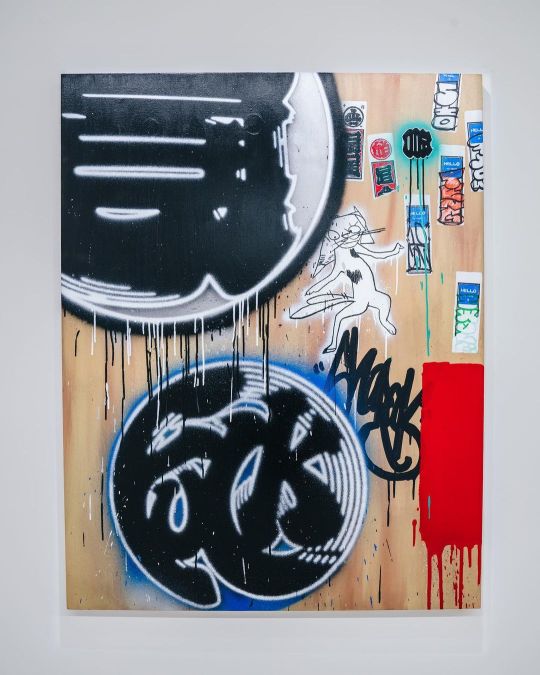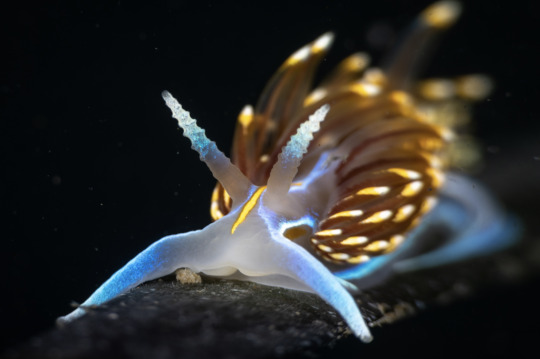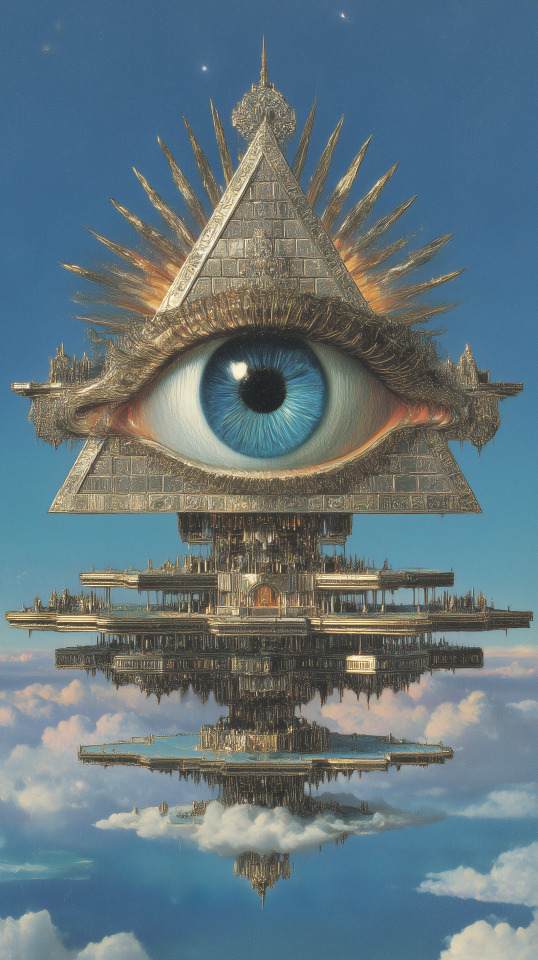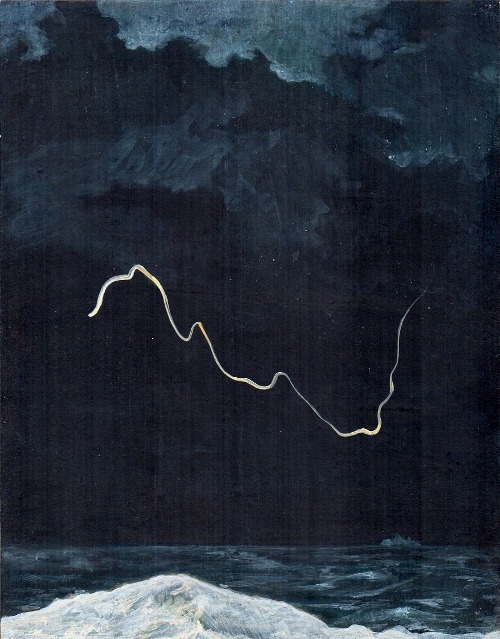氣 (radical 84 气+6, 10 strokes, cangjie input 人弓火木 (ONFD), four-corner 80917)
Don't wanna be here? Send us removal request.
Text

An accidentally discovered class of nanostructured materials can passively harvest water from air
A serendipitous observation in a Chemical Engineering lab at Penn Engineering has led to a surprising discovery: a new class of nanostructured materials that can pull water from the air, collect it in pores and release it onto surfaces without the need for any external energy. The research, published in Science Advances, describes a material that could open the door to new ways to collect water from the air in arid regions and devices that cool electronics or buildings using the power of evaporation. The interdisciplinary team includes Daeyeon Lee, Russell Pearce and Elizabeth Crimian Heuer Professor in Chemical and Biomolecular Engineering (CBE); Amish Patel, Professor in CBE; Baekmin Kim, a postdoctoral scholar in Lee's lab and first author; and Stefan Guldin, Professor in Complex Soft Matter at the Technical University of Munich.
Read more.
12 notes
·
View notes
Text
This scientist crafts stunning visual art through chemistry.
9K notes
·
View notes
Text

wire mother (frame of bronze statue of mary from 1700s)
856 notes
·
View notes
Text


Planet Earth II: Episode 04 - Deserts
89 notes
·
View notes
Text



sneakerwolf
36 notes
·
View notes
Text
Today’s sea slug is Hermissenda opalescens, commonly known as the opalescent sea slug.

Image source: https://uk.inaturalist.org/observations/140988123
83 notes
·
View notes
Text

6K notes
·
View notes
Text

5e Biennale internationale de design graphique with TME typeface
9 notes
·
View notes
Text

"As one can see when the eyes are open, so one can understand when the heart is open." - Hazrat Inayat Khan
Eye of Providence - All Seeing Eye Talon Abraxas
60 notes
·
View notes
Text

Gyokusenjo (Poetry Anthology), Heian period, 10th century. Compiled by Ono no Michikaze.
This is a Public Domain image. You can see the scroll collection at the Museum of the Imperial Collections (Tokyo).
80 notes
·
View notes
Text
Triple J's holding an Australian Music Hottest 100, lets gooooooo
https://www.abc.net.au/triplej/countdown/hottest100

10K notes
·
View notes
Text
my proposal for how to handle surnames when getting married
Definition 1: Let S be a string. We call T a weak substring of S if it is possible to delete any number of characters of S to obtain T.
Example 1: Given the string 'donald knuth', we can obtain weak substrings 'donald knuth', 'dad u', 'nanth', ' ', or even '' (the last being the empty substring).
Proposition 1: Given a string S with length n, there exist 2^n weak substrings. Proof: Left as an exercise for the reader.
Definition 2: Let T = {T_1, ... T_n} be a set of strings. We say that S is a containing string for T if T_i is a weak substring of S for each i.
Definition 3: Given a set of strings T = {T_1, ... T_n} and a containing string S for T, we say that S is a minimal containing string for T if for every character in S, there is at least one such T_i for which it cannot be removed to form T_i as a weak substring from S.
If two people get married with surnames T_1 and T_2, then their new last name should be a minimal containing string for {T_1, T_2}.
Question: How do we characterize the minimal containing strings for a given set of weak substrings? What kind of equivalence would we need to define to consider it unique?
120 notes
·
View notes




